I crested the rocky butte, peering into the brushy valley below in search of wildlife. Nothing. How unusual. I had hiked to this spot dozens of times, and often spot dozens of mule deer feeding. From this vantage point, I’ve seen jackrabbits and pronghorns, sage grouse and coyotes. But today was quiet, almost eerily so.
Then my eyes caught a flash of movement. Raising the binoculars, I saw a large form bounding through the sage. My first thought was deer. Then I saw a long tail. A very long tail. A mountain lion. It hit an open meadow and I enjoyed a few seconds before it disappeared.
I’ve been exploring sagebrush country of the western United States for two decades now, and I’m still surprised by new wildlife sightings.
I’ve heard people call sagebrush country “monotonous” and even a “wasteland,” but naturalists and conservationists know better.
The “sagebrush sea” covers parts of 13 states in the West. Get out on foot and explore healthy habitat and you’ll find an amazing diversity of plants and animals.
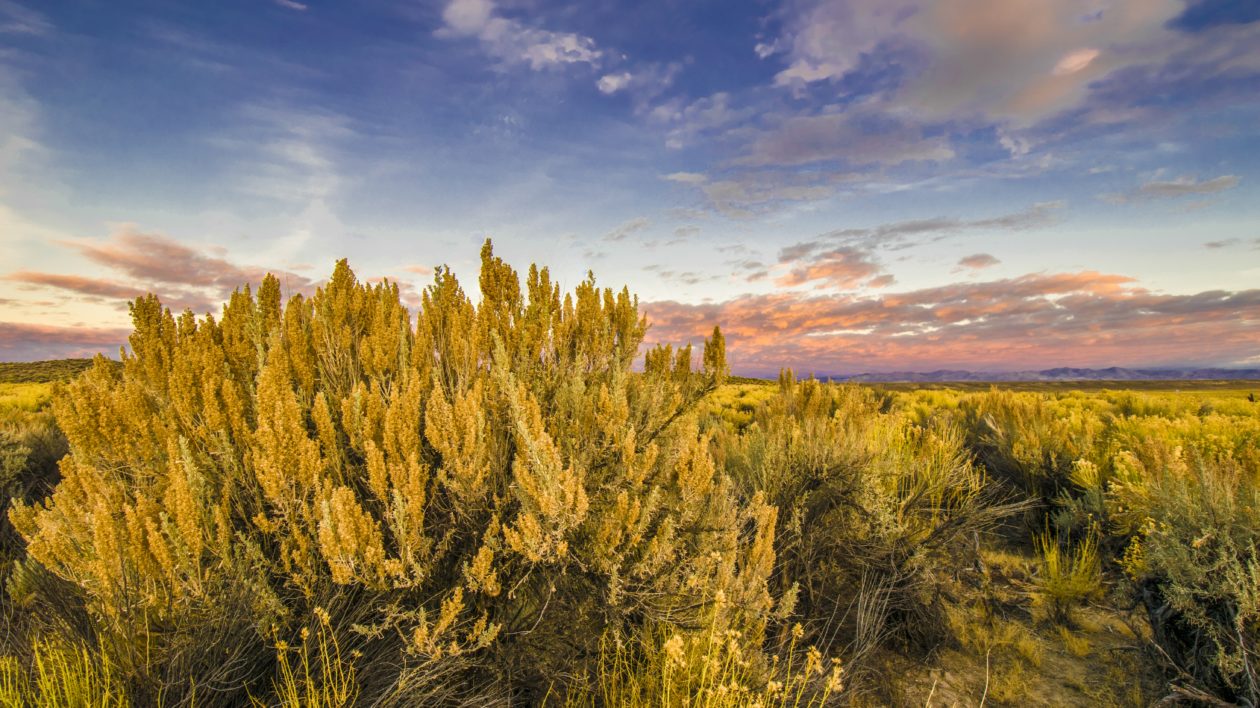
The healthy habitat is the key. This semidesert environment consists not only of sagebrush, but a mix of other shrubs, bunchgrasses and forbs. Such places – places like Fossil Butte National Monument in Wyoming, the Owyhee backcountry of southwestern Idaho and Hart Mountain National Antelope Refuge in Oregon – are wonderlands for curious naturalists.
But such places are becoming more difficult to find. More than 14 million acres of intact sagebrush habitat has been lost since 1998, most notably due to fires. Sagebrush is adapted to infrequent fires. But it’s slow to recover, and now invasive cheatgrass – which thrives with frequent fires – turns once diverse habitat into monocultures.
I’ve seen great wildlife habitat turned into a true wasteland within years. I feel the loss.
The Nature Conservancy has been researching, protecting and restoring sagebrush habitat across 6 states in the heart of the sagebrush sea. Be sure to check out this new comprehensive guide to the issues, science and TNC conservation efforts to benefit sagebrush.
This is a companion piece to that excellent coverage, a look at just some of the interesting creatures you can find. Of course, if you track western U.S. conservation issues, you likely know that the greater sage-grouse is a focal point of sagebrush conservation. And for good reason: as much as 70 percent of a sage grouse’s diet is sagebrush and the bird relies on the plant for every aspect of its life.
But there are other creatures that also thrive in this habitat. Let’s take a look at some of the overlooked cool critters of the sagebrush sea.
-
Pygmy rabbit
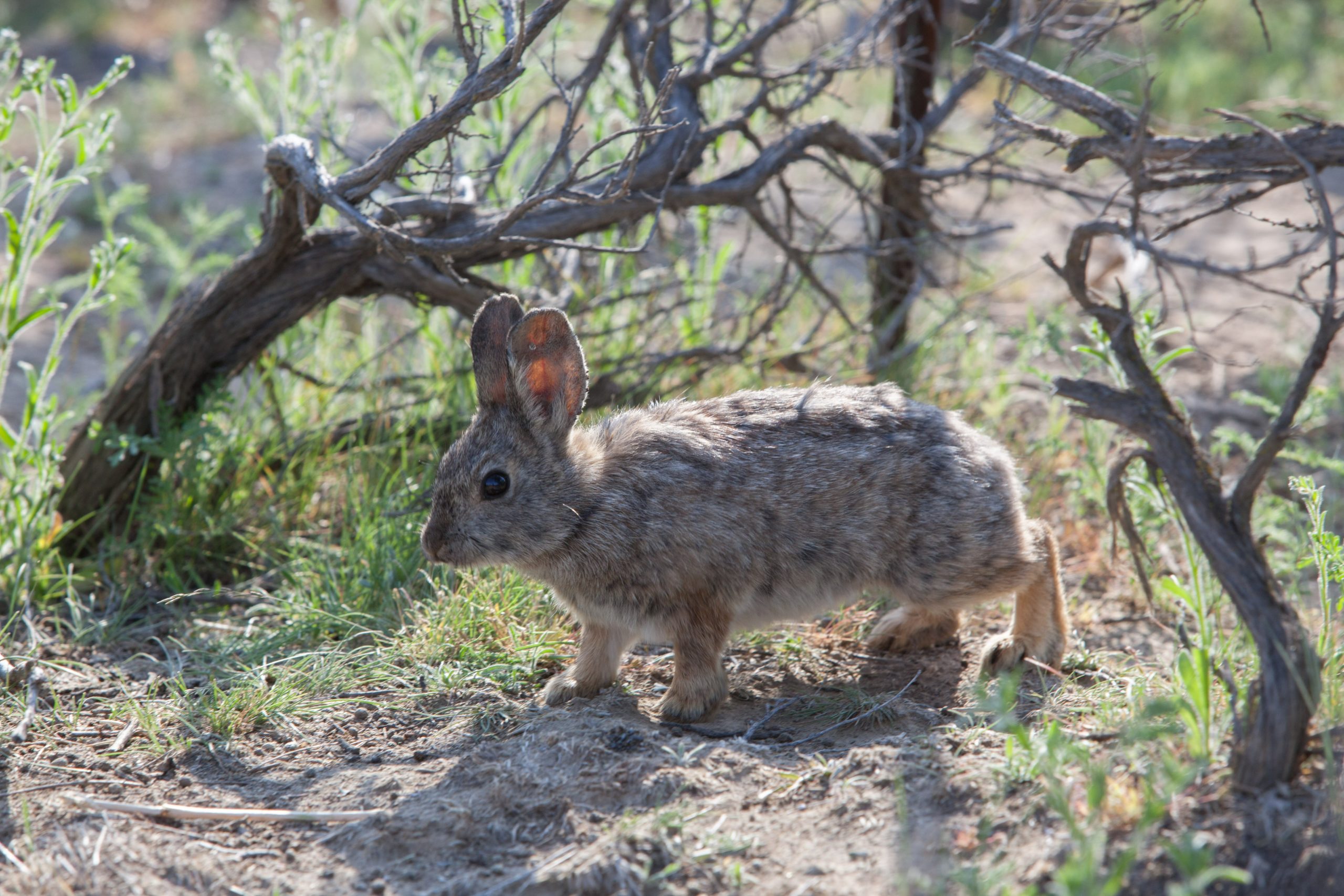
A pygmy rabbit released as part of a semi-wild breeding program, run by the Washington State Department of Fish and Wildlife and TNC. © John Marshall / TNC This little rabbit is just as reliant on healthy sagebrush habitat as sage grouse. Some research has indicated they do best in sagebrush that is six feet or more in height.
The little rabbits have habits quite different from other rabbit and hare species in North America. Most rabbits don’t actually dig their own holes; they utilize vacated holes dug by badgers, marmots and other mammals. Not so with pygmy rabbits. They dig their own holes under their favorite plant, big sagebrush.
They are quite adept burrowers. In parts of their range, the snow can get quite deep, so the pygmy rabbit digs a network of trails under the snow to get from one brush to the next.
They also have small home ranges; researchers have found they don’t venture more than 100 meters from their den. Big, dense sagebrush is also not the easiest place to see a tiny and elusive critter. Pygmy rabbits are pretty easy to tell from the more-common mountain cottontails that share their range. First, pygmy rabbits don’t have the white “cotton” tail. If you see white, it’s not a pygmy.
They also have a grayer, dustier appearance. And of course, they’re a lot smaller. If you have seen many rabbits, you’ll see the difference right away. Consider yourself lucky.
-
Sage thrasher
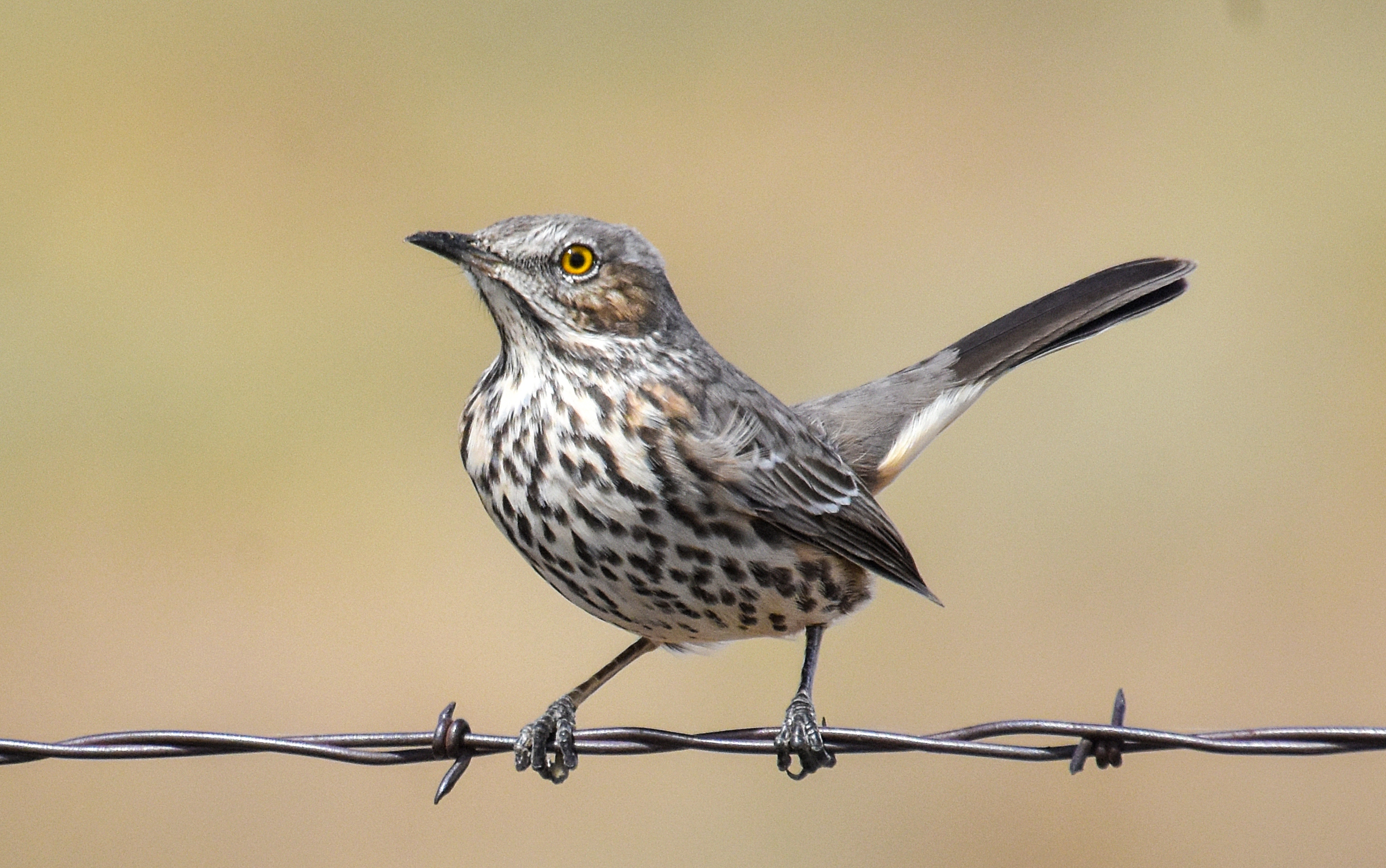
A sage thrasher. © Steven G. Mlodinow / TNC The sage grouse isn’t the only bird that relies on sagebrush; nearly 100 avian species can be found in this arid habitat. Unlike the sage grouse, the sage thrasher doesn’t rely on the sagebrush for food. But it is tied to the plant just the same. Sage thrashers hunt insects on bare ground beneath the brush and habitat diversity is likely key to their success. Perhaps even more important, they nest on or near the ground in big, thick sagebrush.
Males perch at the tops of sagebrush and sing. According to the Cornell Lab’s All About Birds, one male was recorded singing continuously for 22 minutes! They are also great mimics, imitating the songs of other songbirds that share their range.
-
Sagebrush sparrow
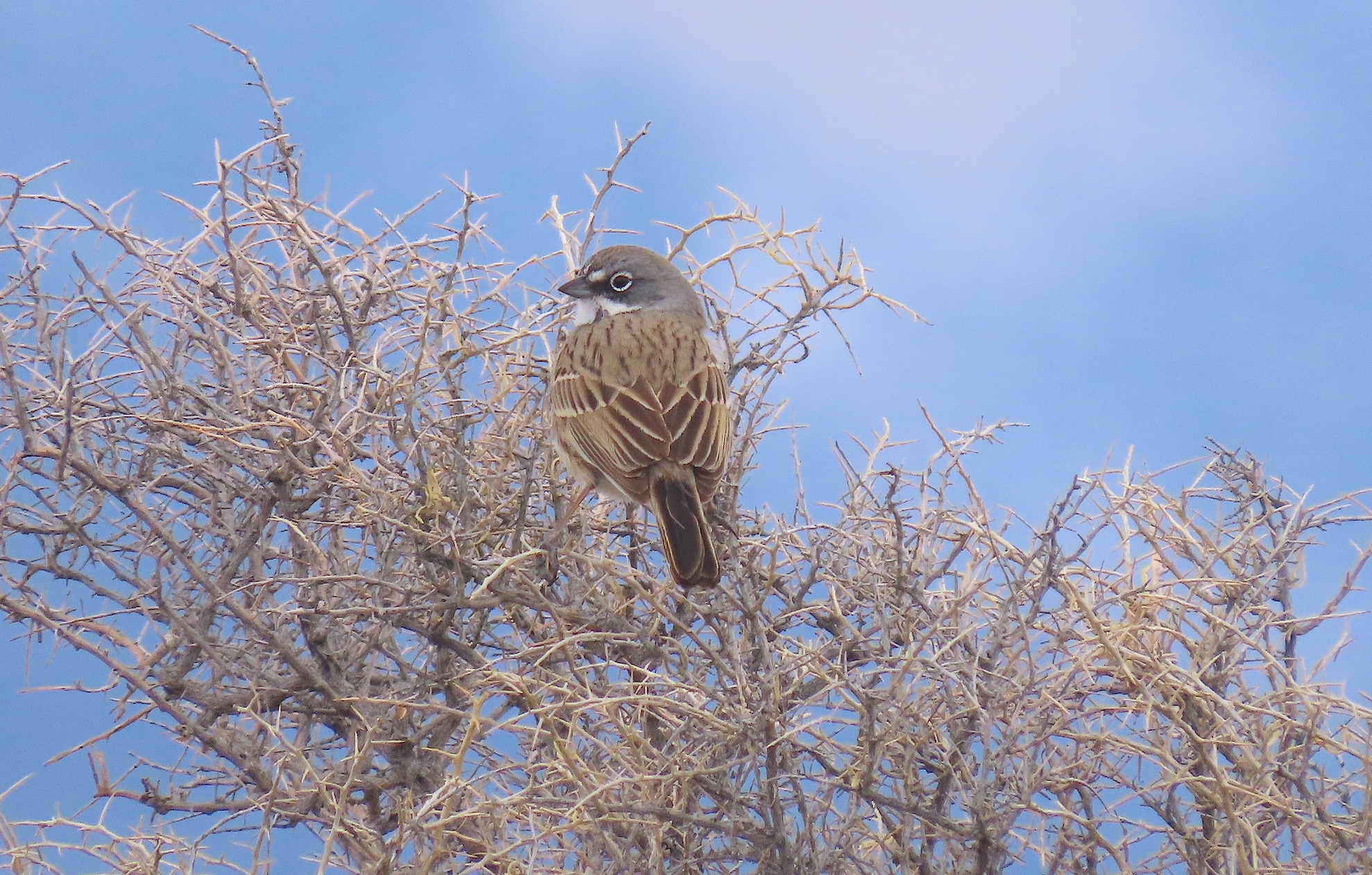
A sagebrush sparrow at TNC in Colorado’s Zapata Ranch. © Hannah Floyd It pays to slow your pace when hiking in the sagebrush-steppe; many of the creatures are small and cryptic. The sagebrush sparrow is another sagebrush-obligate bird species, but one you might just walk by if you’re not paying attention.
The sagebrush sparrow spends much of its time hopping around on the ground around sagebrush, hunting for insects (although it does eat succulent plants outside the breeding season). Probably the best time to spot them is in the spring, when males perch on the tops of sagebrush to defend breeding territories.
Despite their small size, sagebrush sparrows need relatively large chunks of undisturbed habitat, according to the Washington Department of Fish and Wildlife. Research has found “the probability they will use a site is higher in areas with large expanses of unconverted shrubsteppe, typically areas greater than 2,500 acres.”
-
Prairie falcon
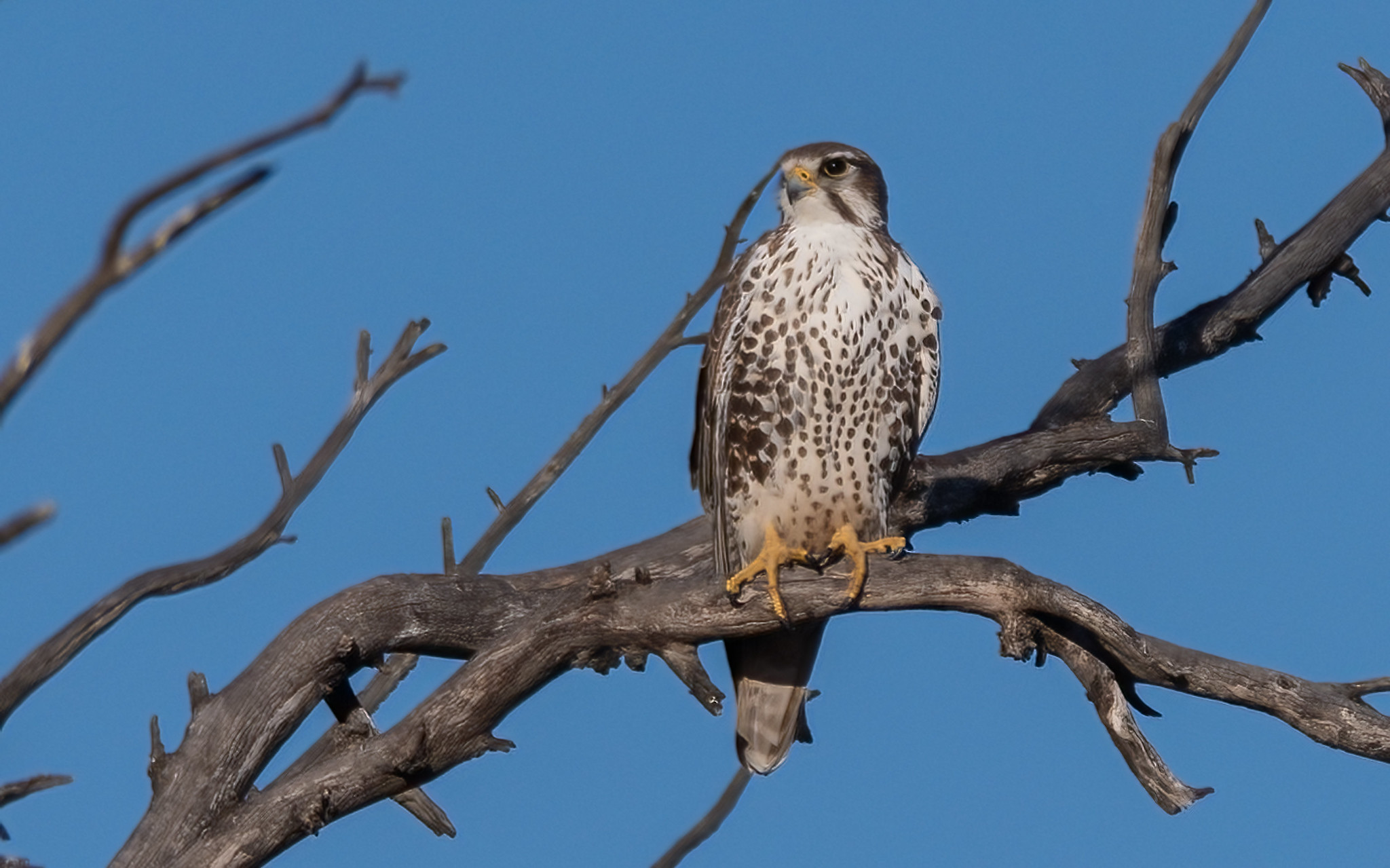
A prairie falcon. © Wendy Miller / Flickr There is an abundance of small mammals in the semidesert, including ground squirrels, pocket mice, voles, rabbits and hares. And where there are small mammals, there are birds of prey. The canyons that run through the sagebrush sea contain some of the highest densities of nesting raptors in the world.
You can see golden eagles hunting jackrabbits and burrowing owls perching on fenceposts. It’s one of the best places to see ferruginous hawks. My favorite may be the prairie falcon, which I often see hunting ground squirrels in southwestern Idaho.
As the Cornell Lab describes it, these falcons often hunt low to the ground, “strafing” prey by surprise. These birds have also been documented at “play,” dropping and catching chunks of manure in the air, apparently just for the enjoyment of it.
Prairie falcons, like peregrines, were highly susceptible to egg-thinning caused by the pesticide DDT. Since the ban of its use in the United States, their populations have remained stable.
-
Desert horned lizard
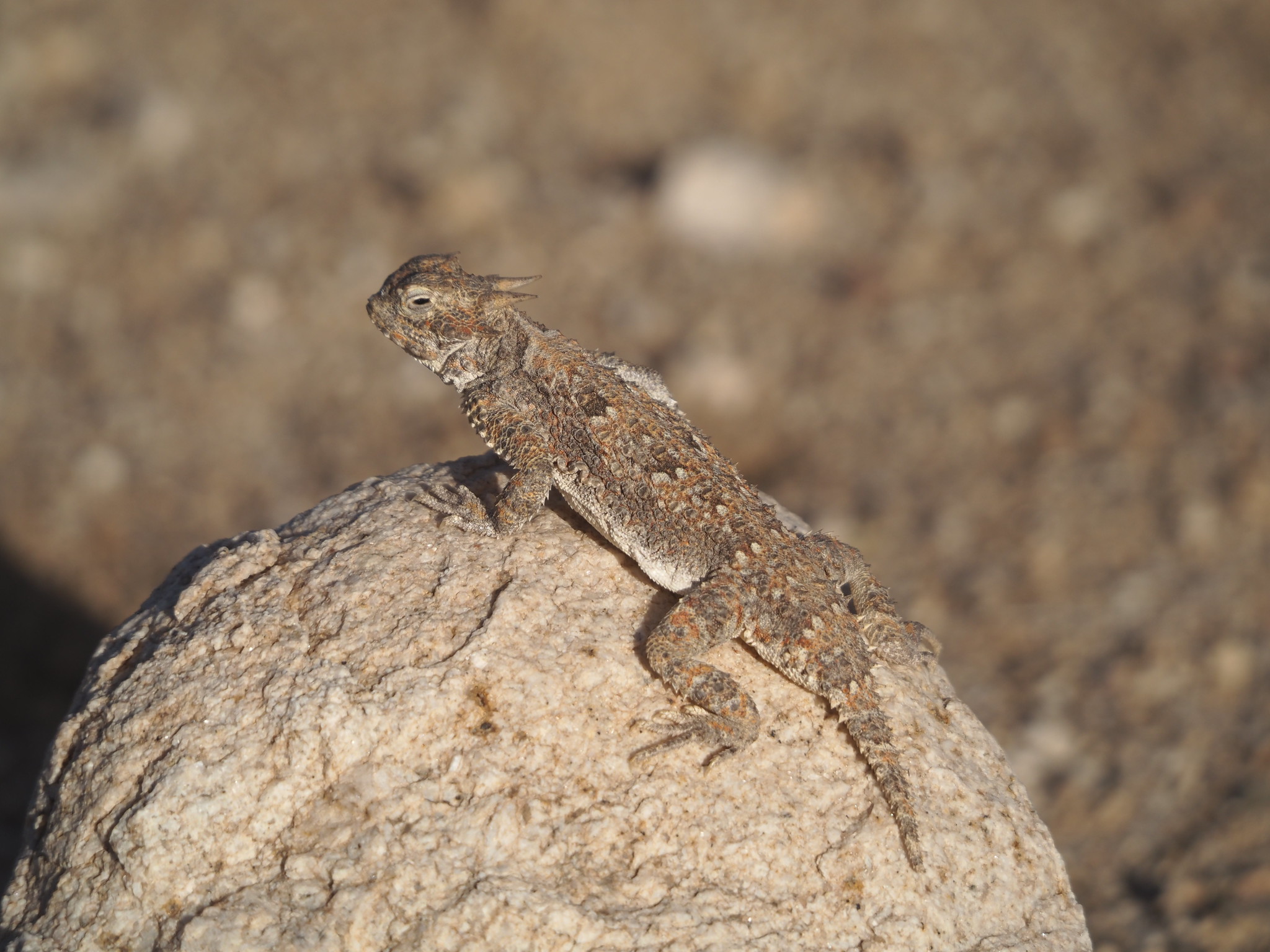
A desert horned lizard. © J. Maughn / Flickr Road trippers speeding through the Great Basin at 75 miles per hour may consider the habitat monotonous. That’s not the case; the “sagebrush sea” actually consists of remarkable geology and diverse vegetation. You will find pockets of sand dunes, rocky buttes with stands of mountain mahogany, sandy flats and even lush springs.
These little “habitat islands” are incredibly important for wildlife, and research shows they also help creatures better adapt to climate change.
The sand dunes and saltbush may appear somewhat barren, but they are home to this cool lizard. These creatures remind me of miniature dinosaurs. Take a hike in the spring, and steppe is alive with lizards.
A couple years ago, my son wanted to make the desert horned lizard the focal point of a nature scavenger hunt. We spotted dozens of western fence lizards and alligator lizards, and then he excitedly pointed to something else: a desert horned lizard.
When you look with a purpose, you see more. Especially in the sagebrush sea.
-
Gopher snake
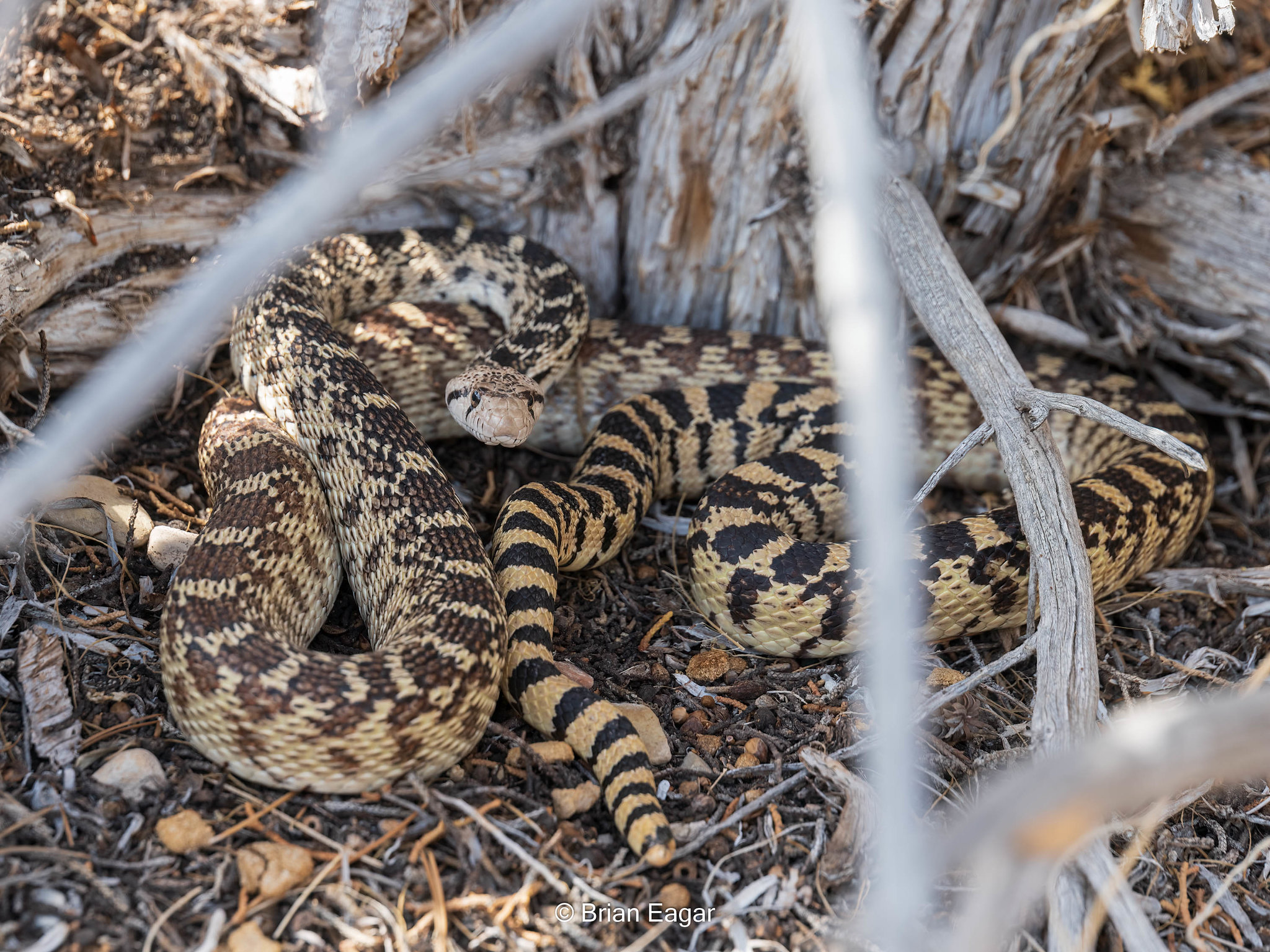
A Great Basin gopher snake. © Brian Eagar / Flickr The gopher snake is one of the most common snakes in many western U.S. states. They’re also one of the largest, capable of exceeding five feet in length.
Gopher snakes are frequently mistaken for rattlesnakes (also common in sagebrush country). Their pattern does bear a superficial (very superficial) resemblance. But it is the habit I witnessed that causes the confusion. The gopher snake coils up and shakes its tail, like a rattle. It hisses loudly and may even flatten its head.
There’s no rattle, and no venom. This is a case of mimicry. It might cause a predator to back off. Unfortunately, it also might cause a thoughtless human to kill the snake, believing it to be “dangerous.” Please leave any snake alone; more people by far are bitten by messing with rattlesnakes than by unprovoked attacks.
Gopher snakes provide valuable ecological services, too. They eat a lot of rodents including voles, a species prone to large irruptions that spill into agricultural fields, gardens and backyards. They are also an important prey item, especially for larger raptors.
-
Redband trout
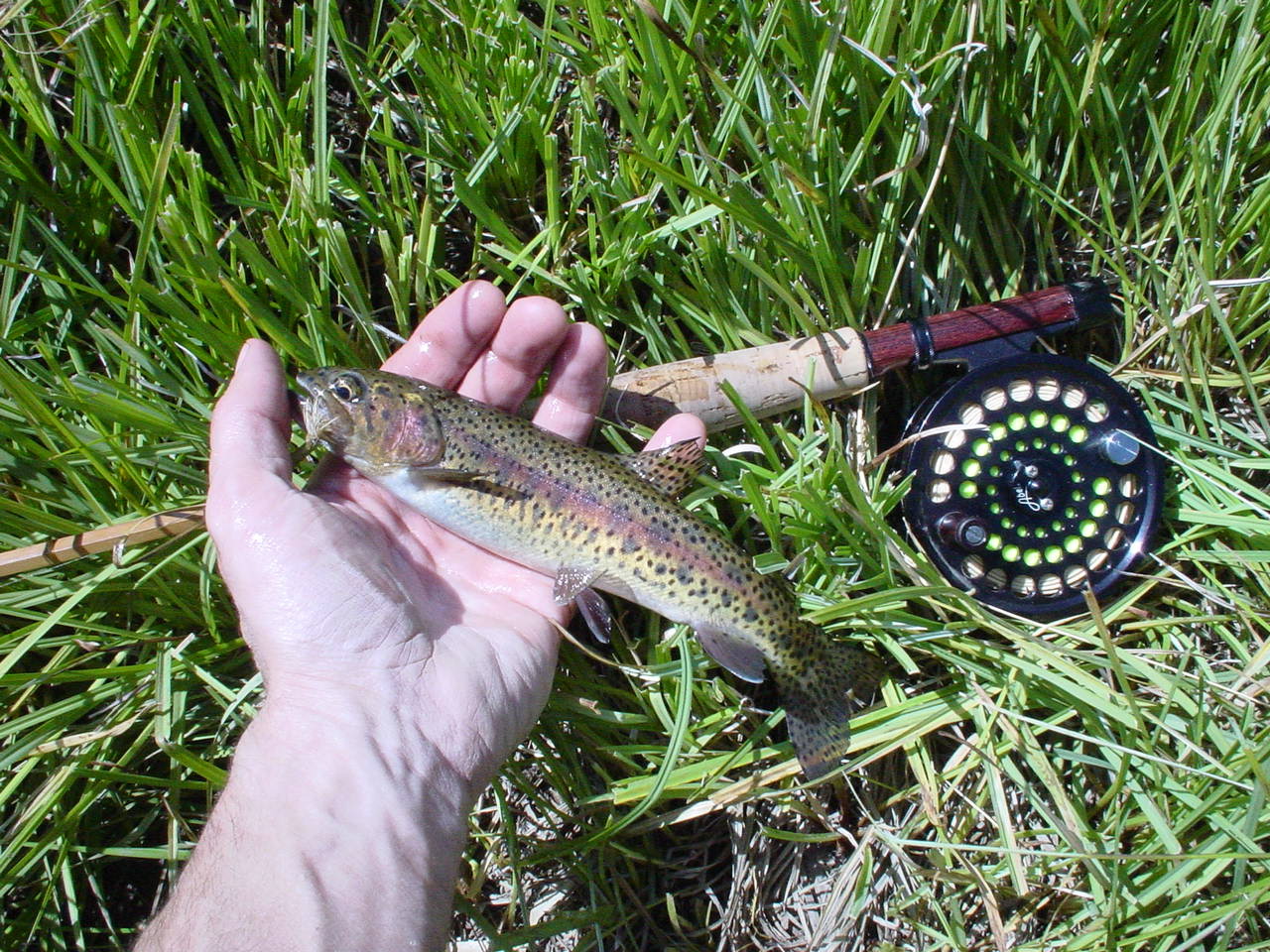
A redband trout caught in California. © Gino / Flickr Trout in the high desert? Sagebrush country may not figure into your image of the perfect trout stream. But find rivers and streams flowing through canyons, and you can find native trout. Given the long and complex geological history of the West, many of these waters have become isolated, giving rise to unique strains of native rainbow and cutthroat trout.
Wet wading in desert canyons is one of the great joys for my angler-naturalist’s heart. Redband trout, the native form of stream-resident rainbow trout, can be found in many sagebrush country streams. They have adapted to be able to survive warmer waters than other trout. This means that desert redbands are often less impacted by the misguided non-native trout stocking that has marred so many Western rivers. The desert redband may also be more resilient to climate change.
Unfortunately, another non-native fish threat looms. Smallmouth bass – also stocked for sport purposes – are moving out of reservoirs and into desert streams. I’ve seen firsthand desert trout streams become inundated with smallmouths.
-
Sagebrush vole
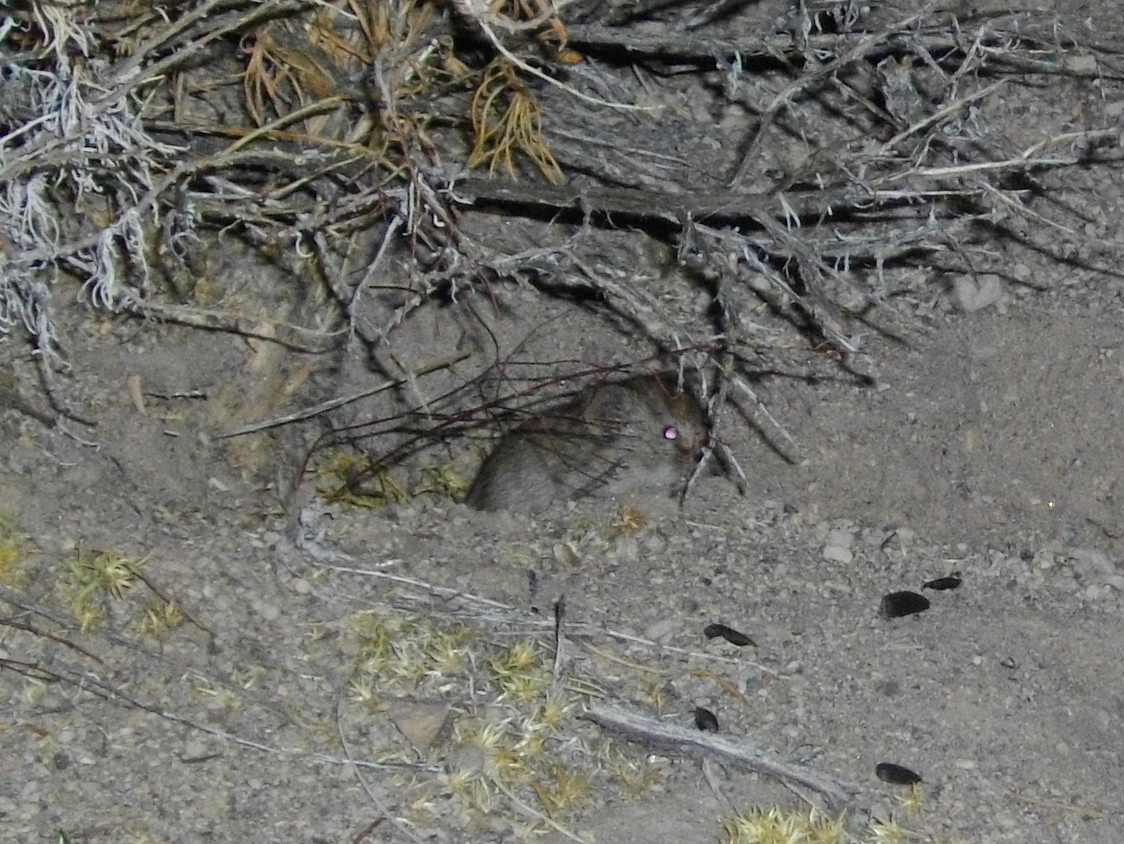
A sagebrush vole. © randomtruth / Wikimedia Commons This small, gray rodent is easy to miss. It thrives in big sagebrush, making small tunnels around the plants and even climbing into the shrubs to forage. This species is poorly studied; even in field guides and references, a lot of the information on sagebrush voles is contradictory. (For instance, some books claim they are colonial while others say they live alone or in pairs).
In my years of searching for mammals, I’ve never had a confirmed sighting. Perhaps patiently searching through big sagebrush branches at dawn and dusk would work. There’s always something new to seek in this semidesert environment. And if you’ve had luck, let me know your tips!
-
American badger
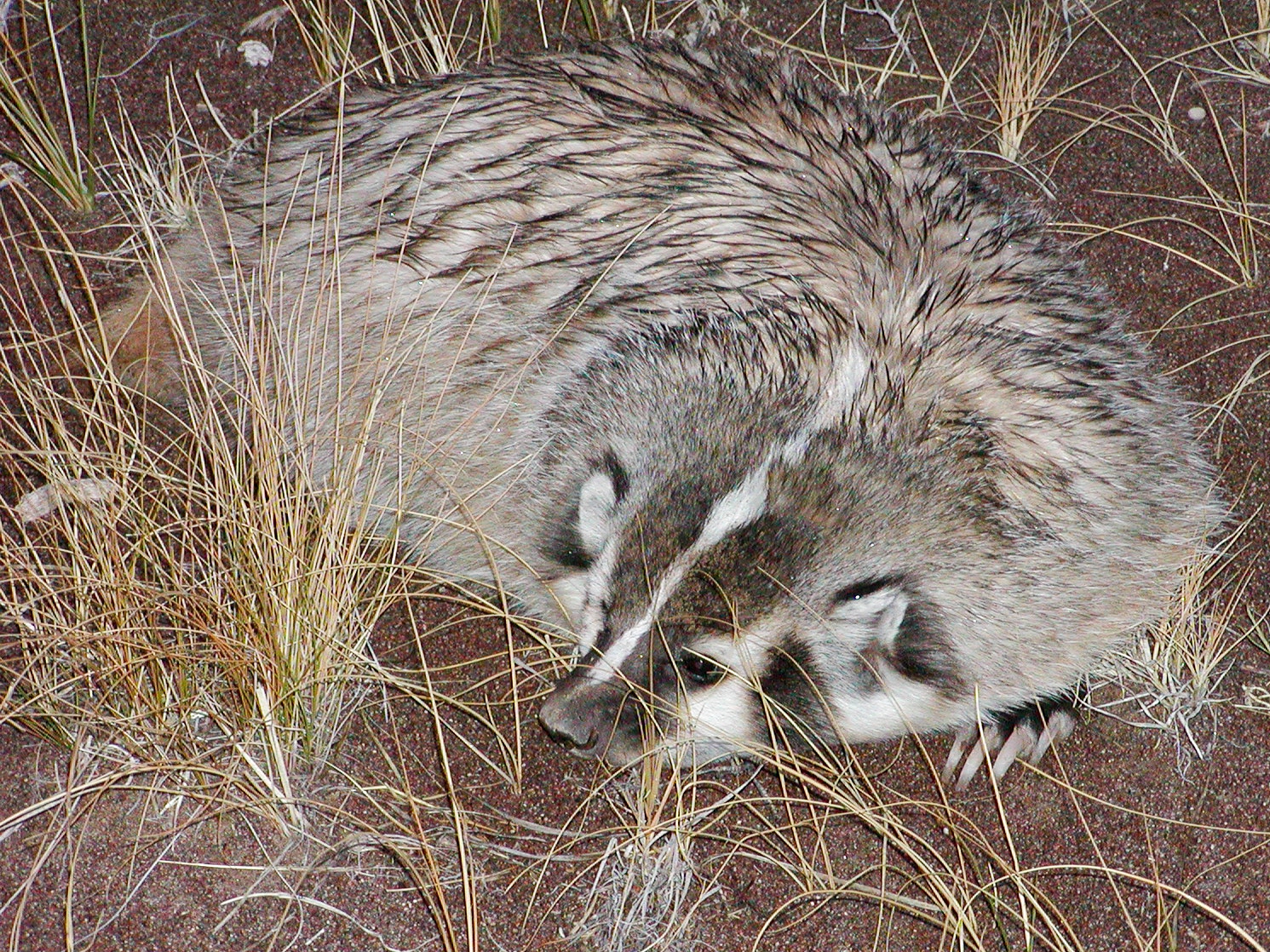
Am American badger in southwestern Colorado. © Chris Pague / TNC The badger is better known than many creatures on this list. It’s also found in a variety of open habitats, including prairie and farmland. In my experience, though, the best place to see an American badger is in the sagebrush sea.
This is due in no small part to the aforementioned abundance of rodents, especially a variety of ground squirrel species. Badgers are powerful diggers, and will burrow down to extract their prey. You will see these extensive diggings when walking around the steppe.
I’ve seen most badgers in the morning, but some enthusiasts have good luck spotlighting in their habitat. Often, sightings are fleeting, as this squat predator moves quickly through the shrubs. But there are times when I can watch a badger hunting at close range. It’s encounters like these that keep me hiking and searching through the canyons, buttes and plains of the sagebrush sea.
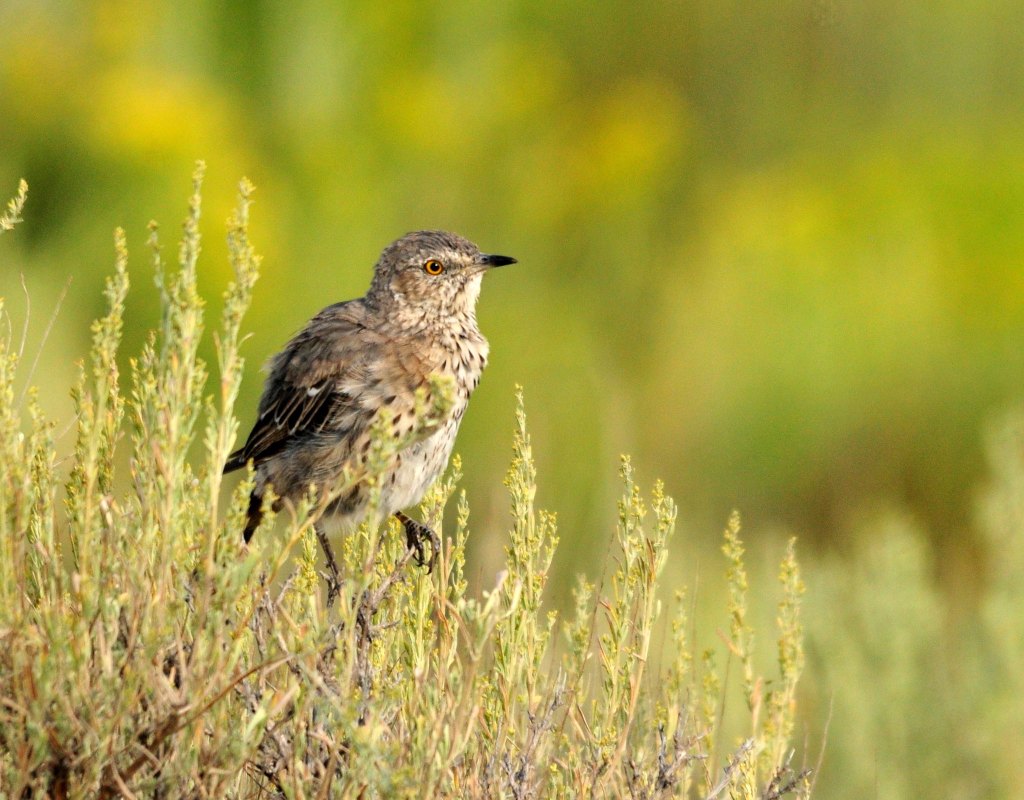



Join the Discussion
1 comment